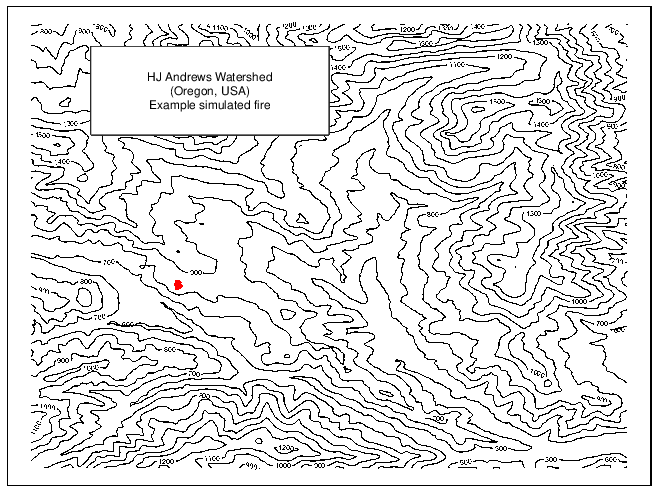WMFire was developed to fill the need for a bi-directional coupling of fire spread with eco-hydrological projections. The difficulty is that eco-hydrological models like RHESSys are not generally built to provide predictions of variables that are required for most models of fire spread. Such spread models usually require some kind of fuel model to characterize the fuels, quantifying the loadings in 30+ fuel types (e.g., 1-hr fuels, 10-hr fuels, 100-hr fuels, 1000-hr sound fuels, 1000-hr rotten fuels), as well as the arrangement and moistures of those fuel types. Eco-hydrological models tend to quantify carbon amounts in aggregated pools (e.g., litter, leaves, etc.). We saw two alternatives--disaggregate the carbon pools of RHESSys to match the higher complexity required by existing spread models, or design a spread model that accepts the more aggregated variables predicted by RHESSys. Our goal was to find a theoretical point of minimum uncertainty, that balances data uncertainty with model structural uncertainty.
WMFire: Balancing complexity and uncertainty in a stochastic model of fire spread
